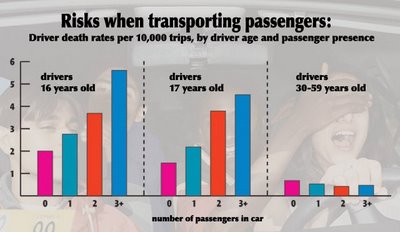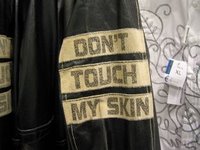 With full approval of the administrative team at the Oregon State Penitentiary, I’ve started and will be curating a blog for the RISE UP! youth empowerment program that is largely run by Lifers in the prison. The men of RISE UP! (Reaching Inside to See Everyone’s Unlimited Potential) hope to use the blog to give a unique perspective to youth who may be struggling or who could simply benefit from advice and encouragement from men who may have made bad decisions in their younger days but are now working to better themselves and the community. The men of RISE UP! work with Oregon high schools, including students as well as concerned teachers, parents, and counselors; youth outreach programs; community groups; and religious organizations. Their desire is to end the cycle of incarceration, especially for youth.
With full approval of the administrative team at the Oregon State Penitentiary, I’ve started and will be curating a blog for the RISE UP! youth empowerment program that is largely run by Lifers in the prison. The men of RISE UP! (Reaching Inside to See Everyone’s Unlimited Potential) hope to use the blog to give a unique perspective to youth who may be struggling or who could simply benefit from advice and encouragement from men who may have made bad decisions in their younger days but are now working to better themselves and the community. The men of RISE UP! work with Oregon high schools, including students as well as concerned teachers, parents, and counselors; youth outreach programs; community groups; and religious organizations. Their desire is to end the cycle of incarceration, especially for youth.
I’ll post testimonials and short essays written by the members of RISE UP! to the blog as regularly as possible, and we hope anyone caring for teenagers and young people will find the advice and honesty in their words helpful. Criminologists, you may find their stories, perspective, and advice useful in your own thinking and teaching, as well. The guys want to do everything they can from within the prison to help young people avoid making the kinds of mistakes and decisions that may one day get them in serious trouble. Please share the RISE UP! blog (www.riseuposp.com) with anyone who you think might be interested. If you have questions or comments for the men of RISE UP!, please feel free to put them on the RISE UP! blog. We’ll respond as quickly as possible, but it may take several days as we work through the prison’s channels for communication.
The RISE UP blog is a great, more in-depth companion piece to our We are the 1 in 100 site, which features photos, facts, and brief testimonials from my Inside-Out students (both those inside the prison and the youth correctional facility and the Oregon State University students who shared class with them) over the past several years. Please check out both sites, if you have the time. The men inside have a lot of great positive advice and life lessons to share.

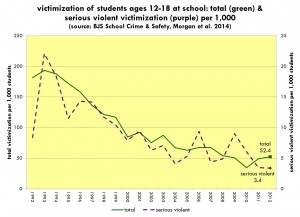
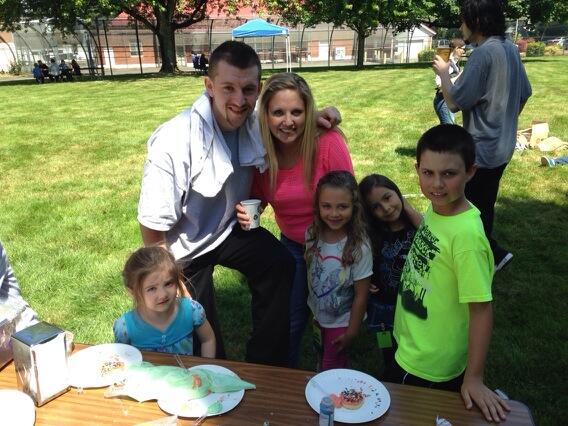
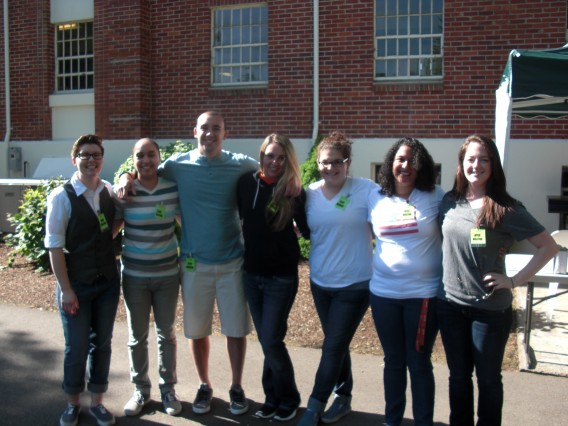
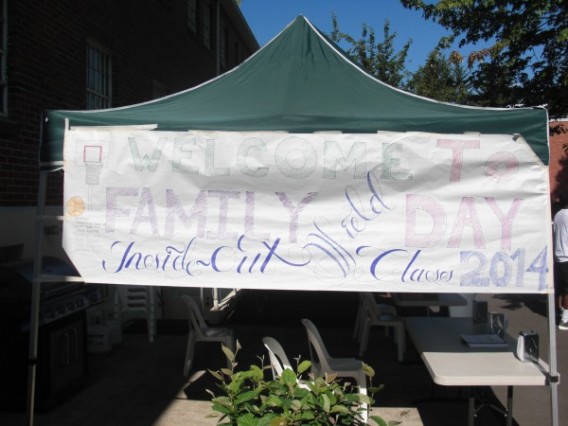 Students from the Inside-Out class also hosted a fundraiser during our Family Field Day, selling lunches of BBQ cheeseburgers, potato or macaroni salad, potato chips, and pink lemonade for $5 per person. The students decided that the funds raised would be equally split between a Hillcrest College Scholarship Fund and a donation to a community group that works with at-risk youth in Portland, Oregon. This fits perfectly with our class discussions on prevention and rehabilitation, and our guests seemed happy to support the cause. I haven’t seen the final numbers yet, but I think the BBQ fundraiser (also held during regular visiting hours on Sunday) raised in the neighborhood of $1000. Amazing.
Students from the Inside-Out class also hosted a fundraiser during our Family Field Day, selling lunches of BBQ cheeseburgers, potato or macaroni salad, potato chips, and pink lemonade for $5 per person. The students decided that the funds raised would be equally split between a Hillcrest College Scholarship Fund and a donation to a community group that works with at-risk youth in Portland, Oregon. This fits perfectly with our class discussions on prevention and rehabilitation, and our guests seemed happy to support the cause. I haven’t seen the final numbers yet, but I think the BBQ fundraiser (also held during regular visiting hours on Sunday) raised in the neighborhood of $1000. Amazing.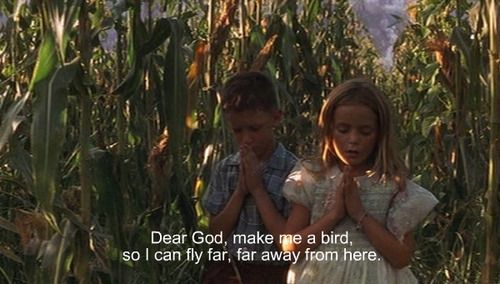
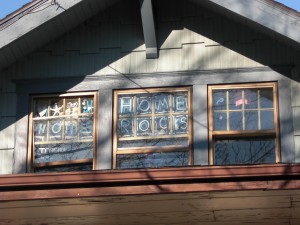 Here’s a short and, I think,
Here’s a short and, I think, 

